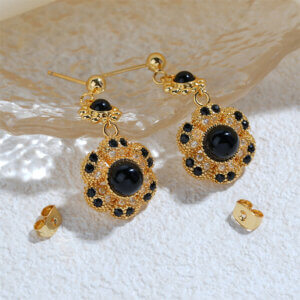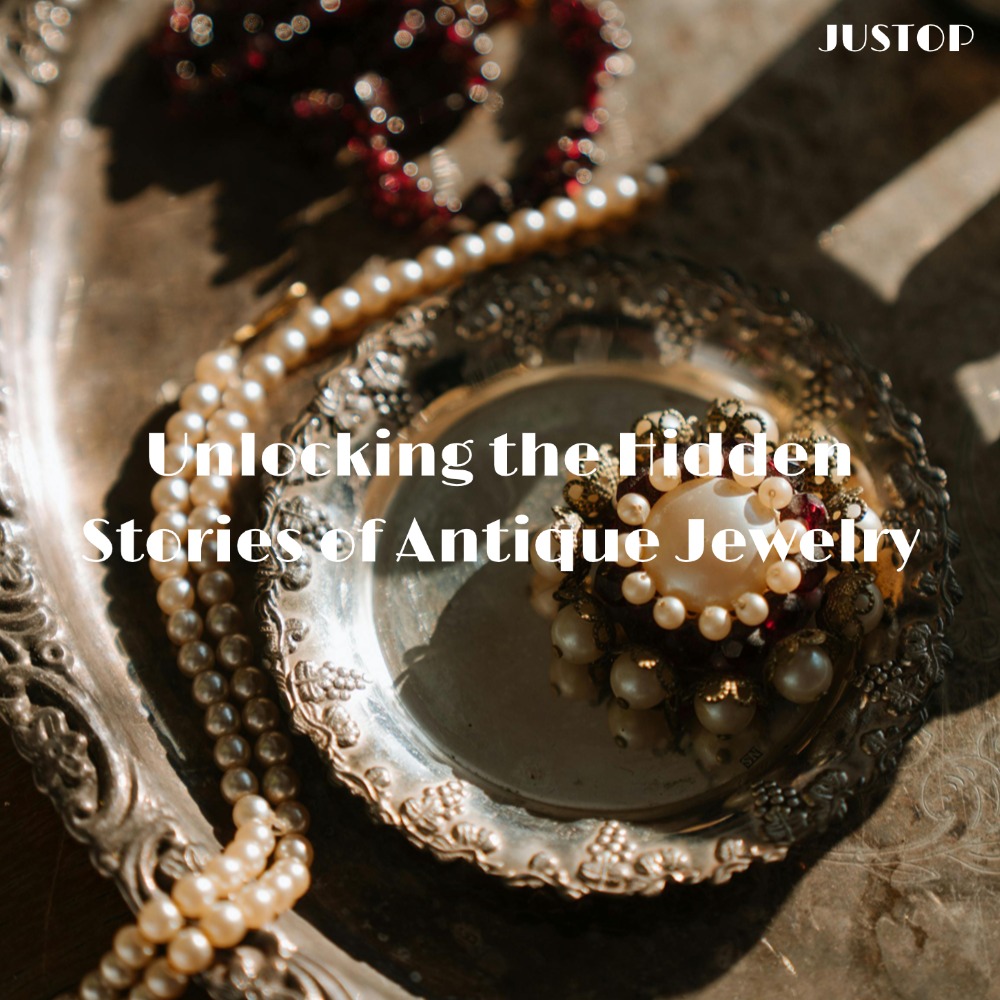Antique jewelry carries more than just beauty—it holds history, craftsmanship, and the legacy of those who wore it. Whether you’re drawn to a delicate vintage pearl necklace passed down through generations or a bold vintage rhinestone brooch from the glamorous Hollywood era, understanding its origin and value is the first step in giving it a new life.
Identifying the Age and Value

Start with the basics of material recognition. Look for precious metal marks inside a ring or on the back of a pendant—hallmarks like “18K” or “925” reveal gold or sterling silver purity. Antique gemstones often have unique cuts such as rose-cut diamonds, while vintage enamel jewelry and natural pearls signal an earlier era. If you suspect you own a rare piece, it’s wise to consult a vintage jewelry appraiser. Professionals can conduct an antique jewelry appraisal or a costume jewelry appraisal to distinguish valuable heirlooms from charming replicas.
Each design period tells a story. The romantic Victorian era favored serpent rings and mourning jewelry made from black onyx and even woven hair. The 1920s introduced bold geometry and vibrant color, perfectly reflected in Art Deco jewelry for sale today. The 1940s to 1960s embraced statement pieces like oversized gold brooches and sparkling rhinestone clips. Knowing these styles enhances both appreciation and resale value when selling vintage costume jewelry.
Restoring with Care

Age adds character, but sometimes jewelry needs gentle attention. Antique jewelry restoration should always prioritize the integrity of the piece. Light cleaning with a soft cloth and mild solutions works for gold and silver, but fragile pearls or coral should never soak in water. Loose gemstone settings should be handled only by experts offering antique jewelry repair near me services. Retaining a natural patina or small scratches preserves authenticity and historical charm.
If you want to enhance appearance without altering originality, reversible methods are key. For example, re-plating a worn antique gold earrings or applying neutral adhesives to secure fragile enamel can bring back its elegance without damaging the structure.
Giving Antique Pieces a Modern Life
Antique jewelry doesn’t need to stay hidden in a box. Mix eras for fresh styling—pair a Victorian cameo brooch with a minimalist blazer, or layer multiple strands of a vintage pearl necklace over a casual streetwear look. Old pieces can even be redesigned into something new; a vintage engagement ring could be reset, or a necklace pendant turned into earrings.
Antique jewelry is more than an accessory; it’s wearable history. Through proper sterling silver appraisal, thoughtful restoration, and creative styling, these treasures can live again—adding timeless elegance to today’s wardrobe while honoring their past.




